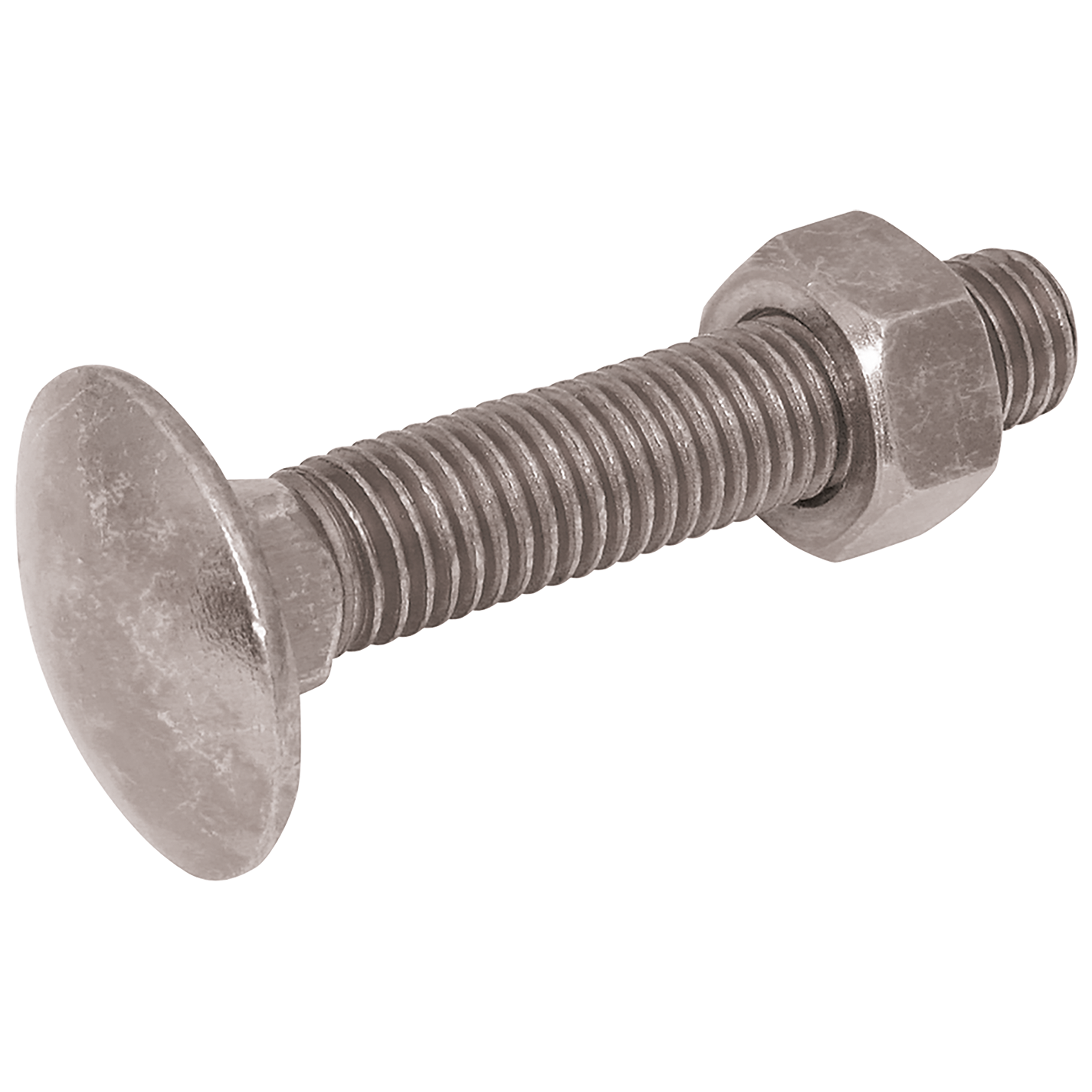Diving into the Heart of Fasteners: Understanding Nuts and Bolts An In-Depth Look at Nuts and Bolts

When embarking on a construction or repair project, grasping the basics of fasteners is essential. Nuts and bolts are the backbone of numerous applications, from everyday household tasks to complex engineering endeavors. Whether you’re a experienced professional or a weekend DIY enthusiast, having a thorough grasp of different types of nuts and bolts can greatly enhance your ability to select the right fasteners for your needs.
In this guide, we will explore the different types of nuts and bolts, their distinct functions, and common use cases. We will delve into the most popular bolt types, such as hexagon and carriage bolts, and discuss when to use each one. Additionally, Web Site will cover important information on nut types, including lock nuts and washer nuts, as well as key considerations such as materials, coatings, and measurements. With this knowledge, you will be more prepared to make smart decisions in your projects, ensuring strength, durability, and safety in each application.
Types of Nuts and Bolts
Nuts and fasteners are crucial components in various uses, serving to join substances together securely. Bolts typically have a polished shaft and threads on one end, while nuts are six-sided in form and have internal threads that match the outer threads of the fastener. Together, they create a strong joining solution, perfect for both construction and mechanical applications. Grasping the different types of nuts and bolts available is important for selecting the appropriate fastener for your project.

Among the most common types of fasteners are hex fasteners, railroad bolts, and lag fasteners. Hexagonal bolts feature a hexagonal head that allows for convenient tightening with a tool, making them appropriate for demanding applications. Railroad fasteners have a rounded head and a rectangular section under the head that securely holds them in place, frequently used in timber constructions. Lag fasteners, on the other hand, are large screws designed for high load-bearing capacity, frequently used in fastening wood to other materials. Each fastener type has its distinct use cases, making it essential to choose the appropriate one based on the application.
Nutss come in various forms as also, including regular hex fasteners, lock fasteners, and flange fasteners. Regular hex fasteners are used extensively with corresponding bolts, while lock nuts prevent unwinding due to movement, essential in automotive and heavy-duty applications. Flange nuts have a built-in washer that spreads the load more evenly and provides a wider bearing surface, making them ideal for softer materials or where room is restricted. Grasping these distinctions helps in choosing the right nut to complement the fastener, ensuring a secure and long-lasting bond.
Materials and Layers
When picking nuts and bolts, the selection of material plays a crucial role in defining the fastener's resilience, durability, and appropriateness for multiple applications. Common materials include carbon steel, bronze, and titanium alloy, each offering distinct advantages. right here are known for their high tensile strength and are often treated with layers to enhance corrosion resistance. Bronze is favored for its decorative appeal and resistance to rust, making it ideal for decorative applications. Titanium , while more expensive, provides exceptional strength-to-weight ratios and extraordinary corrosion resistance, especially in harsh environments.
Finishes significantly influence the performance of nuts and bolts, especially in terms of protection against external factors. Zinc plating is one of the most prevalent treatments, offering a barrier against corrosion without altering the bolt's structural properties. Galvanization involves a more substantial layer of zinc, providing even superior protection for fasteners used outdoors or in humid environments. Additional coatings, like black oxide, are designed to provide decorative value while also offering varying degrees of corrosion resistance.
Grasping the distinct applications and environmental conditions where fasteners are used will help in picking the right materials and coatings. For example, stainless steel fasteners are often a good investment for outdoor projects due to their outstanding corrosion resistance. In contrast, custom coatings may be required in certain industries, such as marine or chemical applications, where extra protection is needed to secure endurance and dependability in harsh conditions.
Buyer Guides and Contrasts
When choosing hardware fasteners for your project, it’s essential to grasp the specific demands based on your application. Regardless if you are tackling a straightforward home maintenance or a challenging construction job, understanding the appropriate fasteners will secure durability and safety. Check for specifications such as dimensions, grade of strength, and type when searching through hardware stores or online collections. A thoroughgoing understanding of these elements will help you make smart decisions customized for your needs.
Another critical factor to think about is the distinction between metric and imperial hardware. While metric fasteners are derived from millimeter measurements, imperial fasteners utilize inches, which can cause misunderstanding if not correctly understood. Always check the system of units that your project demands, and ensure compatibility with existing hardware. This will aid you prevent mismatches that can undermine the integrity of your work.
Lastly, before making a buy, cultivate an insight of quality signals. Look for reputable brands and, if practical, check quality certifications or performance grades. Also, consider price contrasts for comparable products; price can sometimes demonstrate quality, but not always. Balancing cost and quality is crucial to confirm you’re investing in fasteners that will perform well over time, especially in rigorous applications like heavy-duty construction or automotive restorations.
